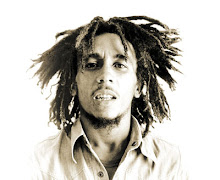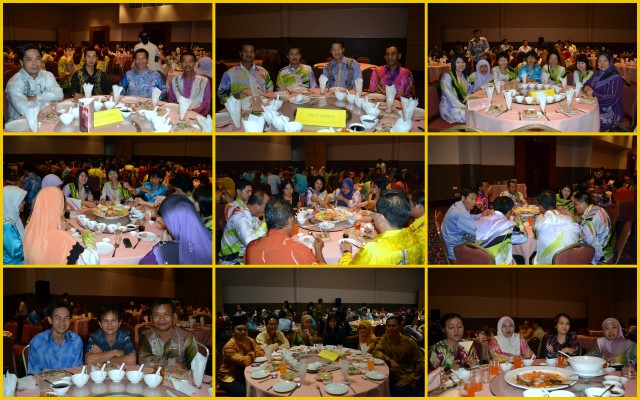Amoung its source of attraction are its poeple, their rich cultural heritage and historic past. The Melanau who are the ancient settlers of the area, have deep rooted cultural practice influencing their daily living, architecture, costume, food, games, art of self denfence and oral literature.
The flattening of baby's forehead known as "neja", the stratified social practice, the practice of secondary burial known as "nulang" and the building of "Jerunei" - burial pole, the tall swing called "tibou" and the traditional healing practice known as "bebayoh" are some examples.
Mukah's reputation as an important entr-port had made it a confluence of various cultures, the Chinese traders, the Indians, Eurasians, Indonesians and people from the interior like the Ibans (who came to settle in the upper part of Mukah in the 19th century). They have their own peculiarities and traditions that helped to enrich and gave the place its diverse cultural favour.
Most of the people in Mukah accept the Melanau language as its lingua franca. In fact, many have adopted the Melanau way of life and eventually became assimilated as Melanau. Generally it is also difficult to differentiate between one Melanau from another, between Melanau and Malay (many Melanau Christians use "bin" or "binti" whether they are Muslim, Christian or Liko (animist or pagen)).
The fusion of the Melanau is so perfect that "multi-religion" families are very common and are envy of other Malaysians.







































1_640x400.jpg)
2_640x400.jpg)







No comments:
Post a Comment
"Sila tinggalkan komen anda"